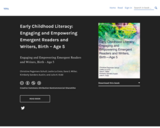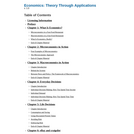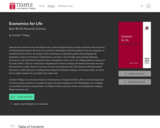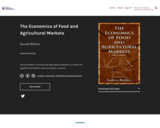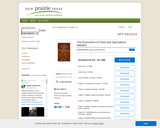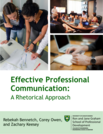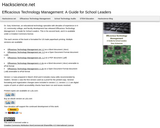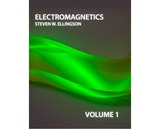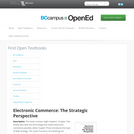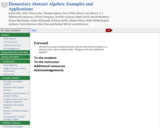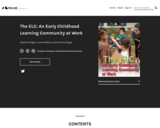
Short Description:
Return to milneopentextbooks.org to download PDF and other versions of this textNewParaThe ELC professional development model was designed to improve the quality of teacher candidates’ Practicum field placements and align teaching in field placements with Learning Standards used in the teacher education program.NewParaTeams of four educators from varied settings worked in a Practicum placement setting for one semester to improve their teaching and align it with Learning Standards. An action research approach improved teaching challenges teams faced. Research articles were read to improve teams’ teaching challenges by implementing one agreed strategy. Teams video-recorded, assessed, and reflected on the impact of the strategy on their teaching, on teacher candidates’ learning and on children’s learning.NewParaThis text compiles six case studies from this model to illustrate how teaching challenges were improved. Appropriate for practiced educators as well as educators in training, this text provides a real world look into applying Learning Standards in early childhood classrooms.
Long Description:
The ELC professional development model was designed to improve the quality of teacher candidates’ Practicum field placements and align teaching in field placements with Learning Standards used in the teacher education program.
Teams of four educators from varied settings worked in a Practicum placement setting for one semester to improve their teaching and align it with Learning Standards. An action research approach improved teaching challenges teams faced. Research articles were read to improve teams’ teaching challenges by implementing one agreed strategy. Teams video-recorded, assessed, and reflected on the impact of the strategy on their teaching, on teacher candidates’ learning and on children’s learning.
This text compiles six case studies from this model to illustrate how teaching challenges were improved. Appropriate for practiced educators as well as educators in training, this text provides a real world look into applying Learning Standards in early childhood classrooms.
Word Count: 59716
ISBN: 978-1-942341-67-3
(Note: This resource's metadata has been created automatically by reformatting and/or combining the information that the author initially provided as part of a bulk import process.)
- Subject:
- Early Childhood Development
- Education
- Material Type:
- Textbook
- Provider:
- State University of New York
- Author:
- Heather Bridge
- Lorraine Melita
- Patricia Roiger
- Date Added:
- 07/15/2020

